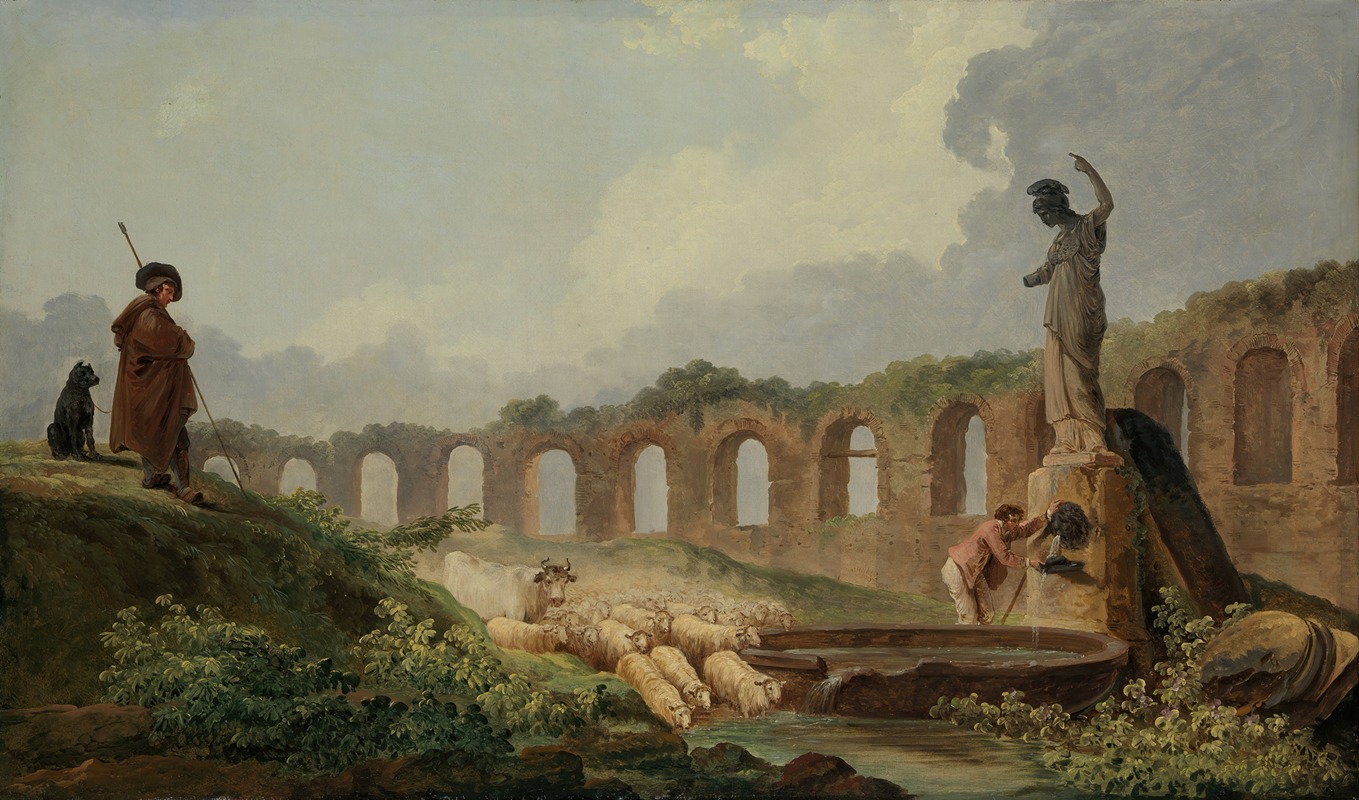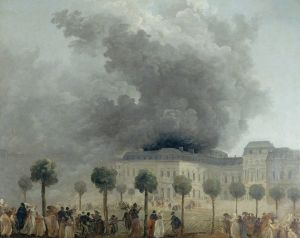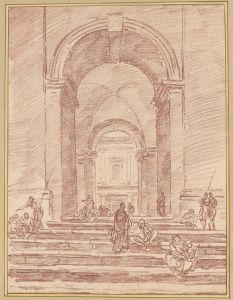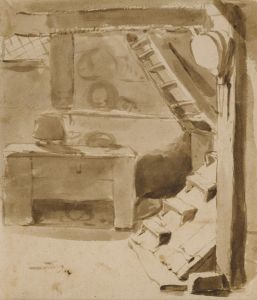
Aqueduct in Ruins
A hand-painted replica of Hubert Robert’s masterpiece Aqueduct in Ruins, meticulously crafted by professional artists to capture the true essence of the original. Each piece is created with museum-quality canvas and rare mineral pigments, carefully painted by experienced artists with delicate brushstrokes and rich, layered colors to perfectly recreate the texture of the original artwork. Unlike machine-printed reproductions, this hand-painted version brings the painting to life, infused with the artist’s emotions and skill in every stroke. Whether for personal collection or home decoration, it instantly elevates the artistic atmosphere of any space.
"Aqueduct in Ruins" is a painting by the French artist Hubert Robert, who is renowned for his depictions of architectural ruins and landscapes. Hubert Robert (1733–1808) was a prominent painter during the 18th century and a key figure in the Romantic movement, particularly known for his fascination with classical antiquity and the picturesque decay of ancient structures.
This artwork portrays a partially collapsed Roman aqueduct, a structure historically used to transport water in ancient Rome. The painting captures the grandeur and decay of the aqueduct, emphasizing its monumental scale and the passage of time. The composition typically includes overgrown vegetation, crumbling stonework, and figures that provide a sense of scale and human interaction with the ruins. These elements reflect Robert's interest in the interplay between nature and architecture, as well as his ability to evoke a sense of nostalgia and romanticism.
Hubert Robert's works often drew inspiration from his travels to Italy, particularly Rome, where he studied ancient ruins and absorbed the influence of classical art and architecture. His time in Italy, from 1754 to 1765, profoundly shaped his artistic vision. "Aqueduct in Ruins" is consistent with his broader oeuvre, which frequently depicted imagined or idealized views of ancient ruins rather than precise, topographical representations.
The painting exemplifies the 18th-century European fascination with ruins, which were seen as symbols of the transience of human achievement and the enduring power of nature. This theme resonated with the Romantic sensibilities of the time, which valued emotion, imagination, and the sublime.
While specific details about the creation date or current location of "Aqueduct in Ruins" are not readily available, the painting is representative of Robert's style and thematic focus. His works are held in major collections worldwide, including the Louvre Museum in Paris, which houses many of his most famous pieces.
Hubert Robert's legacy as an artist lies in his ability to blend historical accuracy with imaginative reconstruction, creating evocative scenes that continue to captivate viewers. His paintings, including "Aqueduct in Ruins," serve as a testament to his skill in capturing the beauty and melancholy of architectural decay.







![Pyramids of Gezeeh [Giza], from the Nile.](/imgs/217530/s/david-roberts-pyramids-of-gezeeh-giza-from-the-nile-56ef7f56.jpg)
![Ruins. Temple on the Island of Biggeh [Bîga, Bîjah], Nubia.](/imgs/217537/s/david-roberts-ruins-temple-on-the-island-of-biggeh-biga-bijah-nubia-1cd1f41d.jpg)
![View on the Nile looking towards the pyramids of Dashour [Dahshûr]and Saccara [Saqqârah].](/imgs/217572/s/david-roberts-view-on-the-nile-looking-towards-the-pyramids-of-dashour-dahshurand-saccara-saqqarah-6cb692fe.jpg)






